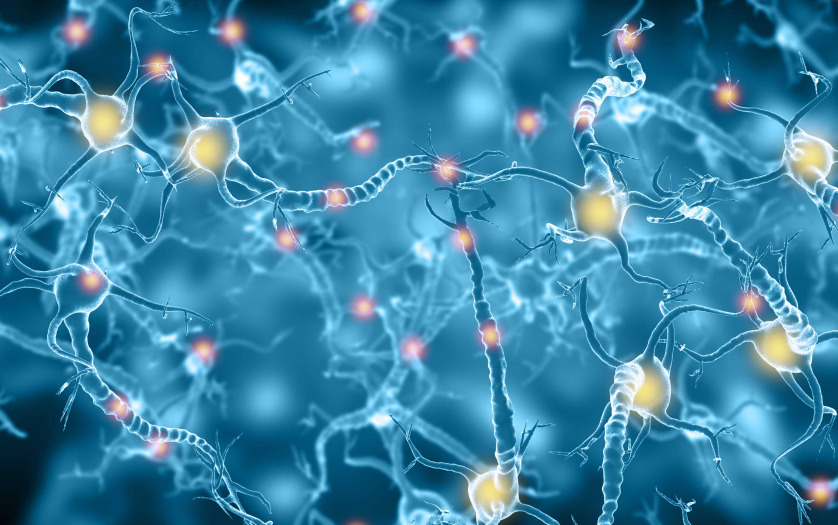
The ability of the human brain to process and store information is determined to a large extent by the connectivity between nerve cells. Chemical synapses are very important in this context as they constitute the interface for the transmission of information between individual nerve cells. Abnormalities in the formation of synapses cause many neurological disabilities such as autism.
Neurobiologists at Johannes Gutenberg University Mainz (JGU) have found new evidence that specific calcium channel subunits play a crucial role in the development of excitatory and inhibitory synapses.
Autism is a condition involving impaired development that begins with birth and is usually manifested when the individual in question exhibits difficulties in social interaction and communication. It is postulated that the main underlying cause is disruption of synapse-mediated interaction between nerve cells.
The results of several studies indicate that so-called α2δ subunits of calcium channels are involved in the formation and fine-tuning of excitatory and inhibitory nerve cells, but little has been known to date about when and how specifically the four forms of α2δ subunits are involved. It is this aspect that the research team led by Professor Martin Heine of the Institute of Developmental Biology and Neurobiology at Mainz University has now addressed. What is particularly interesting is their research finding that the two dominant α2δ subunits in the hippocampus, α2δ1 and α2δ3, have different effects on synaptogenesis in neuronal networks.
In order to investigate the underlying mechanism, the researchers prepared isolated networks of hippocampal neurons. The results show that during the early phase of the development of neural networks, subunit α2δ3 promotes the release of an inhibitory neurotransmitter, triggers the formation of inhibitory synapses, and boosts the growth of axons from inhibitory neurons. “The α2δ3 subunit is obviously an important factor with regard to the early development of neural networks,” explained Heine. At later development phases and in more mature neuronal networks, it is subunit α2δ1 that fosters excitatory stimulus transmission and synaptogenesis.








